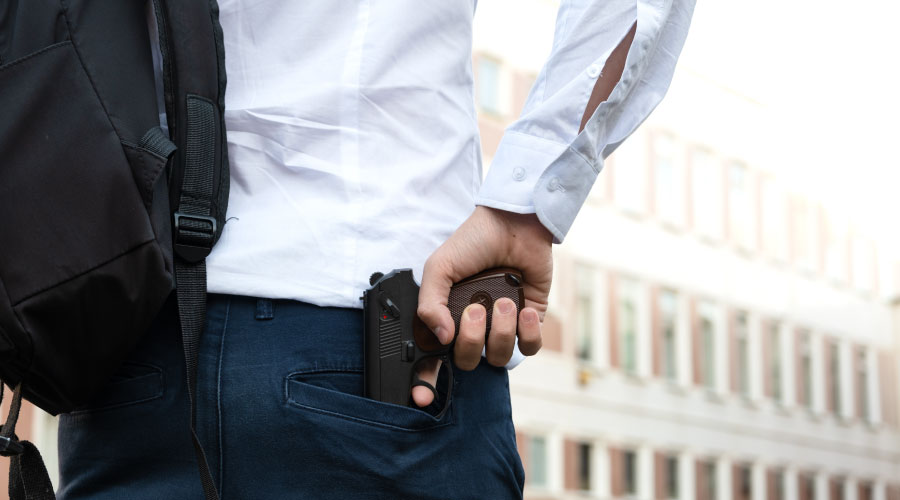How to Hire Security Officers
Contracted security services are arguably your most important detailed outsourcing agreement.
Contracted security services are arguably your most important detailed outsourcing agreement./DECK-->
For many facilities, especially those in central business districts, or in areas that may come with a variety of threats, a crucial component of any access control strategy is hiring and training expert security guards. Facility managers have a lot of considerations when thinking about how to make security guards part of an overall security and building access control. The right mix of the human element and technology is a careful balancing act.
Guard types
Contracted security services are one of the most crucial aspects of not just a facility’s specific plan but its overall approach to security planning and response. Though modern security staff are often characterized by a plethora of professional titles, it is important for managers to understand both the similarities and disparities among varying industry terminology and what each namesake conveys to the public in both meaning and function.
Typically, the following officers are employed:
Traditional uniformed security officer: Typically uniformed to enhance the overall security function and its presence. Uniforms can be militaristic or tactical in nature — like law enforcement — with the goal of portraying an authoritative figure focused more on deterrence and less on customer service.
"Soft look" security officer: As the name implies, these officers are outfitted in a uniform other than military style, such as a polo shirt or traditional button down – with or without a tie – as well as suit, blazer, or slacks. Though soft look security professionals function similarly to traditional officers, the key goal is to foster a more welcoming and supportive experience during a crisis or incident, thus reducing the emphasis on authority and deterrence. This look is typically preferred in a corporate environment but can be used in other settings as well.
Door staff/courtesy officer: Similar to a soft look officer but a greater emphasis on customer service as door staff and courtesy officers typically encounter increased interaction with individuals entering and leaving the property.
Concierge officer: Same responsibilities as a door staff/courtesy officer. However, concierge officers are most often characterized by additional tasks and assist with traditional and non-traditional occupant needs, including clients, customers, visitors and visitor guests.
Mechanical/robotic systems security: While the technology is not yet entirely perfected, robotic devices present a strong use case in the security realm, posing an obvious benefit compared to their human counterparts — no biological requirements for sleeping or eating translates to no need for work breaks and the ability to provide continuous, 24/7 surveillance. Robotic officers’ limitations instead focus on battery longevity and environmental factors, such as terrain, obstructions, and weather.
Robotic devices/officers are currently operating worldwide, and their deployment is expected to increase significantly in the next five years, providing additional support for the previously mentioned security staffing models. Flight-capable drones are already being used to augment large, open perimeters and aid in intrusion detection for many oil, gas, and third-party logistic providers and their associated distribution and routing facilities. Some robotic devices are used for monitoring customer service activities, parking lots and common areas, access verification, entry access and front gates, wayfinding, facial recognition and temperature verification, and other security protocols.
Sean A. Ahrens, CPP, FSyl, CSC, is a premises liability expert and a board of directors' member with the International Association of Professional Security Consultants (IAPSC). Ahrens provides security consulting, assessment, and security design solutions that reduce security exposures for domestic and international clientele as a market group leader for Affiliated Engineers, Inc. (AEI). Steve Siegel is a member of and has served on the boards of many security industry associations. He is also a sought-after security industry subject matter expert.
Related Topics:
















